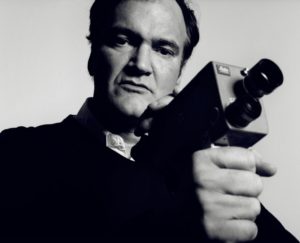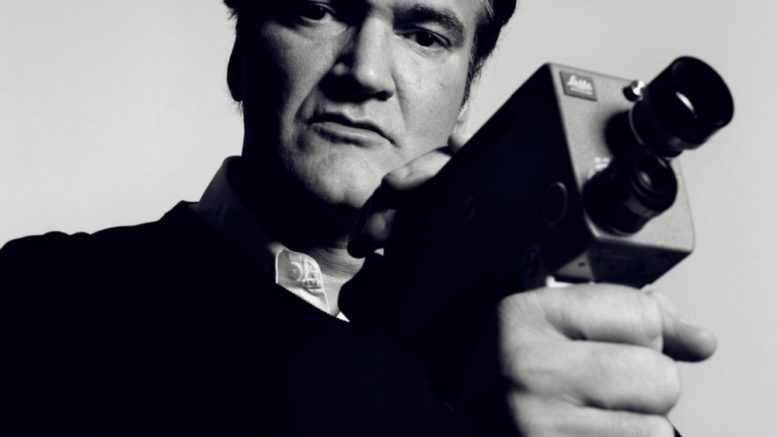Most every consumer camera comes with a zoom lens these days. Most professionals shell out big bucks to purchase high-end, fast, zoom lenses, with the most popular being the 24-70mm f2.8. Why is this? The obvious answer is that we can change our view of the world around us by twisting a ring on the barrel of the lens, narrowing or widening the perspective, compressing distance or its opposite. Given these facts, why would a filmmaker choose to shoot an entire movie on a single lens? Let’s look at a couple of real-world examples as well as my current film project that is slated to go the same route.

Call Me By Your Name, directed by Guadagnino and filmed by Sayombhu Mukdeeprom used a 35mm lens to shoot the entire film. In a recent interview for deadline.com:
Taken from the filming practices of David Cronenberg, the idea was to craft a “neutral perspective,” supporting a sense of intimacy and realism while intruding as little as possible on the reality the actors were living.
“The producer asked me [Mukdeeprom], should there be some other, wider lens? Just in case? I said ‘No, no. I want to tie my hand to this approach, because this is how I work,” the DP says. “I think if you limit yourself to something, you struggle inside your idea.” — link
OK, so this is a very recent example, but are there any others out there, and what was their reasoning for going this route? What would be the optimal length for a one-lens solution?
Noam Kroll puts the magic focal length at 28mm, somewhat wider than the usual 35mm that one often hears. Here are his thoughts on the matter:
So what is the right focal length for the rest of the film? Where is the sweet spot? Ultimately that is up to you as the filmmaker, but for many filmmakers the 28mm lens is the secret ingredient. In fact Spielberg, Scorsese, Orson Wells, Malick, and many other A-list directors are have cited the 28mm lens as one of their most frequently used and in some cases a favorite. And while on paper it may not seem or sound like the most exciting lens choice, keep in mind that the 28mm lens has been a gold standard in shooting motion pictures for over a century, being used to capture some of the most recognizable moments in cinematic history. And if you are truly attempting to emulate the look of motion pictures, than the 28mm lens is a focal length that you absolutely can not ignore. — link
Let’s put that into perspective, though, as the length they are referring to is on a Super 35 sensor, smaller than 35mm film or full-frame 35mm digital sensors. Converting to full frame, that means we are talking about a 20mm lens on a full frame.
David Cronenberg is another supporter of this minimalist approach:
One champion of this is director David Cronenberg, who’s previous works include legendary horror film The Fly (1986).
His 2012 film Cosmopolis starring Robert Pattinson was shot entirely on one lens type, the 21mm. Director of Photography and long time friend of Cronenberg’s, Peter Suschitzky, spoke about how the style is the restricting factor, not the lens.
“You have to hit the style you’re going to use — when you do the first shot — for the whole schedule. Otherwise that first shot will look out of place if it’s done differently from all the other shots. Somehow it has to fall into place instantly” he said. — link
How did this affect our current project, the film Club Z? Well, we had the choice of going with a full lens set or one high-end lens, and the director, Denis Sobolev, decided on going with one 40mm anamorphic Cooke rather than a set of regular primes. We’ll let you know how the project progresses and maybe show you some clips from the dailies at some point!))


Be the first to comment on "One-lens filmmaking – a fixed perspective of the world"